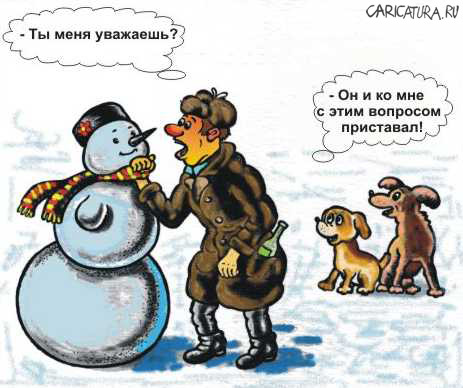Quick replies
 I have one dream. Treasured. Quick answers. To any question!
I have one dream. Treasured. Quick answers. To any question! After all, as it sometimes happens, you don’t know or forgot something - I called the information desk and got an answer in a couple of minutes. For this need commercial reference earn considerable money, by the way. Have you ever organized your own competence center?
A quick, comprehensive answer to a user's question is what service departments should strive for. Answer right away and you don’t have to redirect the request or, even more sadly, listen to the same question, for which there is no answer, several times.
Disclaimer
Hereinafter, I will call users of all clients of the center of competence. This service is usually responsible for the operation of a particular process or function. Clients make requests, qualified answers to which form the main function of the center. His mission.
Do you know why user support services and contact centers are massively transferred to third world countries? Because for such work, a person needs to be able to read and write! I took the call, listened to the question, asked a couple of leading questions and, lo and behold, found the answer! Practice shows that most of the questions are of the same type and are very easily classified.
What to do with the answers? To organize!
Today I will consider several methods for organizing questions and answers that I have worked with, namely:
- Frequently Asked Questions
- Encyclopedia
- User Guide
FAQ
The most common and easiest way. A question received several times, along with the answer, is published in the list of Frequently Asked Questions. Sometimes questions are grouped by topic, sometimes they are sorted by frequency. Foreign citizens call them a pretty decent word F.A.K. (from the English Frequently Asked Questions), Russian-speaking citizens have come up with an affordable option for everyone (Frequently Asked Questions). “Is there life on Mars?” Is a normal question for the FAQ.
Encyclopedia
Encyclopedias or knowledge bases are the most advanced way to organize questions. The first encyclopedias were large, weighty paper books in which short articles like this paragraph were organized in alphabetical order. A feature of encyclopedias is a detailed answer to a clearly posed question and links (read also). Encyclopedia can answer the question "What is an encyclopedia?" A sort of advanced explanatory dictionary.
User's manual
It is the course of a young fighter. Everything you need to know in the Amazon jungle or how to cook in the microwave. The volume of material and style of presentation may vary. The usual format is for a textbook on a specific topic. For example, “Dumplings. Methods of preparation, serving and use. " The most voluminous user guide I’ve ever encountered is SAP Help, a pair of CDs packed full of Windows Help File files.
With the way questions are organized everything is clear. But how does this very center that answers the questions appear?
The formation of a competence center usually takes place in three stages:
1. Preparation of instructions for users and initial training.
2. The launch of the center and the subsequent stormy period. Always like that. There will always be questions that no one has foreseen. At this stage, the most effective tool is the FAQ.
3. Steady functioning and further development.
The first stage is the most hectic. As a rule, this is some kind of project during which something happens that users will then have to live and work with. An upgrade of the operating system, a new program, or even the introduction of an ERP system.
The second stage is extreme. I have been involved in post-project support for SAP. The first part of the storm lasted two months. The second - two more.
The third stage is the most interesting. At this stage, users, gradually learning, gain experience. It's time to create an encyclopedia!
Cheat sheets to the masses or QRC for everyone!
Have you ever written spurs? It's time to start doing this for your users! Ideally, together. Unlike the user guide, Quick Reference Cards are encyclopedia pages. It makes sense to answer important questions in detail, this will give you some free minutes in the future!
Card format can be any. I like the card in A4 format. Two sides of an ordinary leaflet is enough to place detailed instructions for the user. Several of these cards with answers to the most important questions will make your users much happier, and the center of competencies will have time to develop these same competencies.
An example of a Quick Reference Card that answers the question “How to start a project?” Links: 1. Works

Victor Sobiraisky
